Born from relationship psychology and reimagined through the lens of nature, Bird Theory has become a charming way to understand connection, communication, and trust—whether you’re talking about people or animals. It reminds us that so much of bonding comes down to small gestures, shared rhythms, and quiet moments of understanding. Birds, with their intricate behaviors and emotional intelligence, show us that relationships—romantic or otherwise—are built on awareness and attention. Here are 13 lessons from bird behavior that reveal what Bird Theory can teach us about connection, empathy, and harmony.
1. Birds Pay Attention To The Small Things
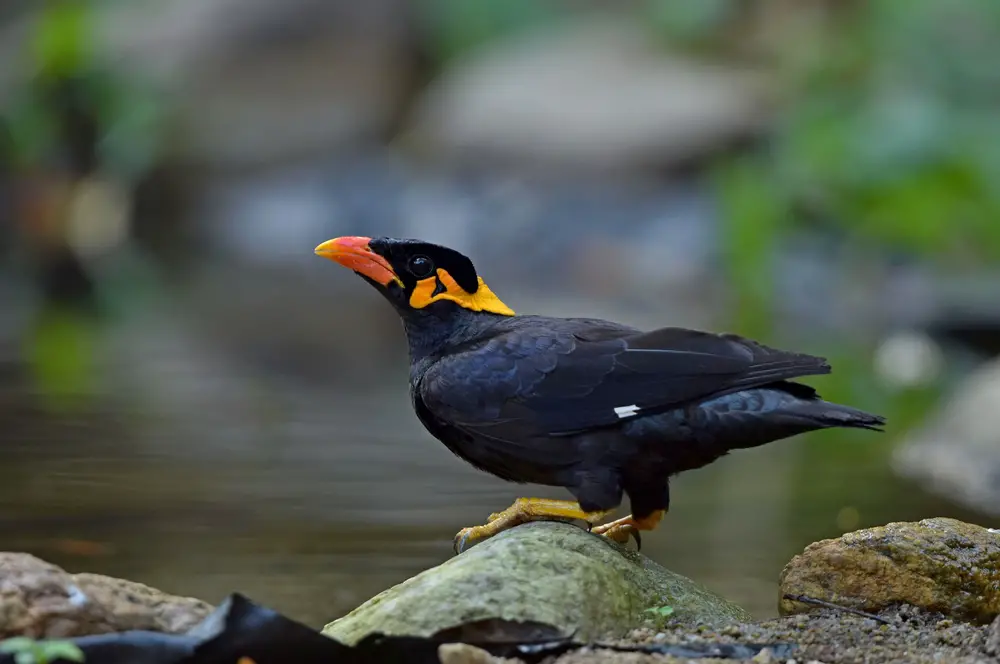
Birds notice everything—from the shimmer of water to the faintest rustle of danger. Their survival depends on awareness, which mirrors how attentiveness shapes strong relationships, both human and animal. By tuning into each other’s small signals—movements, tones, or moods—birds stay connected to their flock. In relationships, that same sensitivity builds trust and closeness over time.
Attention isn’t about control—it’s about curiosity and care. When you notice the small things your partner or even your pet does, you show that you value their world. It’s what keeps relationships vibrant and alive. Birds remind us that connection begins in observation, not assumption.
2. Birds Balance Togetherness And Space
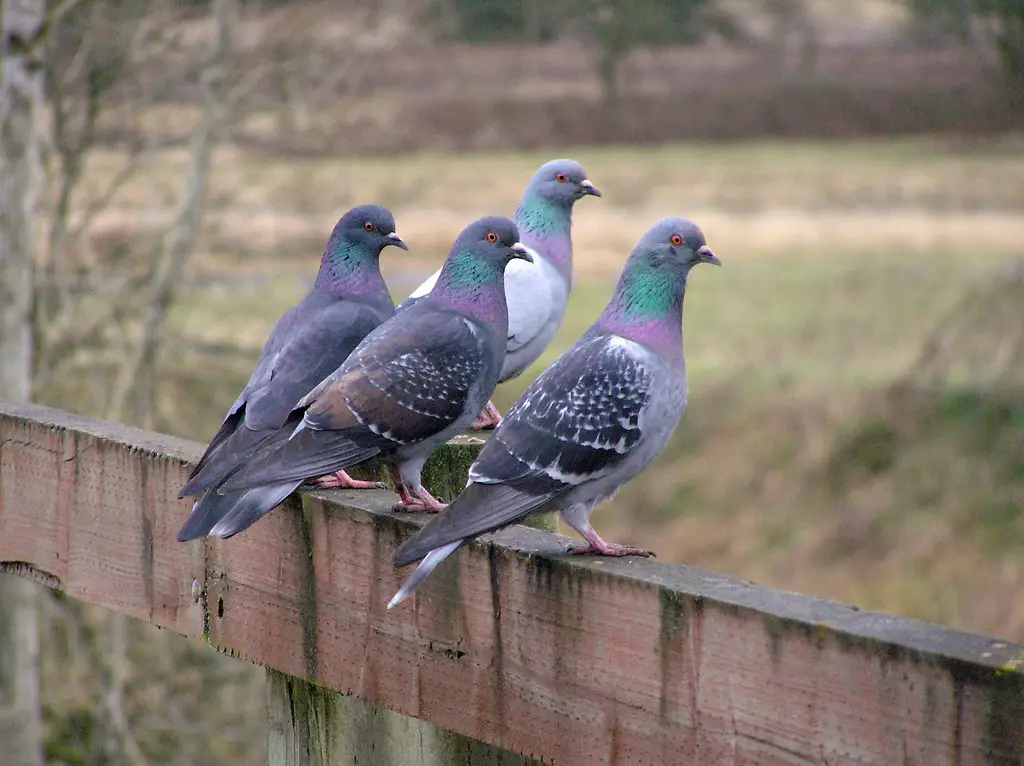
Birds understand the delicate rhythm between flocking together and flying solo. They gather for safety, warmth, and community—but also know when to branch out on their own. This balance keeps them healthy and adaptable, and it’s a lesson that applies perfectly to relationships. Too much closeness can stifle; too much distance can divide.
By respecting each other’s need for solitude, partners—like birds—learn to grow without losing their bond. Time apart allows for renewal, creativity, and self-awareness. The healthiest flocks and the happiest relationships thrive when independence and unity coexist.
3. Birds Read Body Language
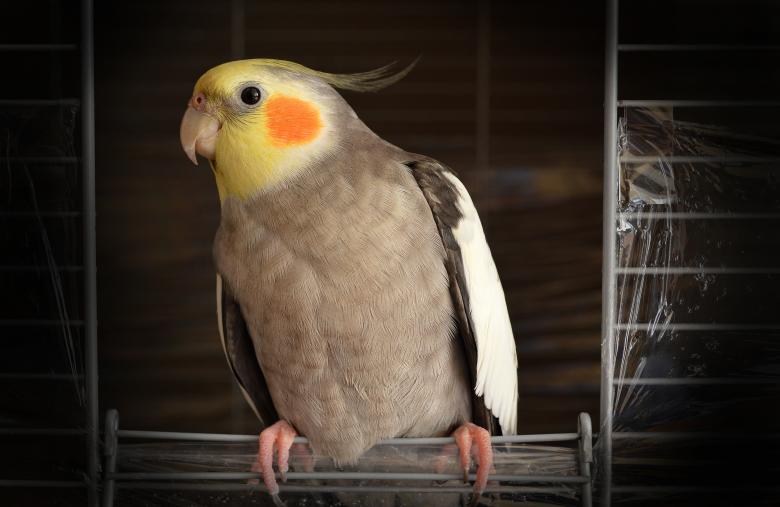
Birds are masters of silent communication. A tilt of the head, a fluff of feathers, or the angle of a wing can say everything without a single sound. Humans communicate the same way—through posture, tone, and microexpressions. Paying attention to these cues can reveal emotions words often hide.
When you learn to read these subtle signs, you connect more intuitively. Is your partner tense like a startled robin or calm like a dove? Awareness turns misunderstanding into empathy. It’s a quiet superpower birds use instinctively—and one we can all practice.
4. Birds Work As A Team
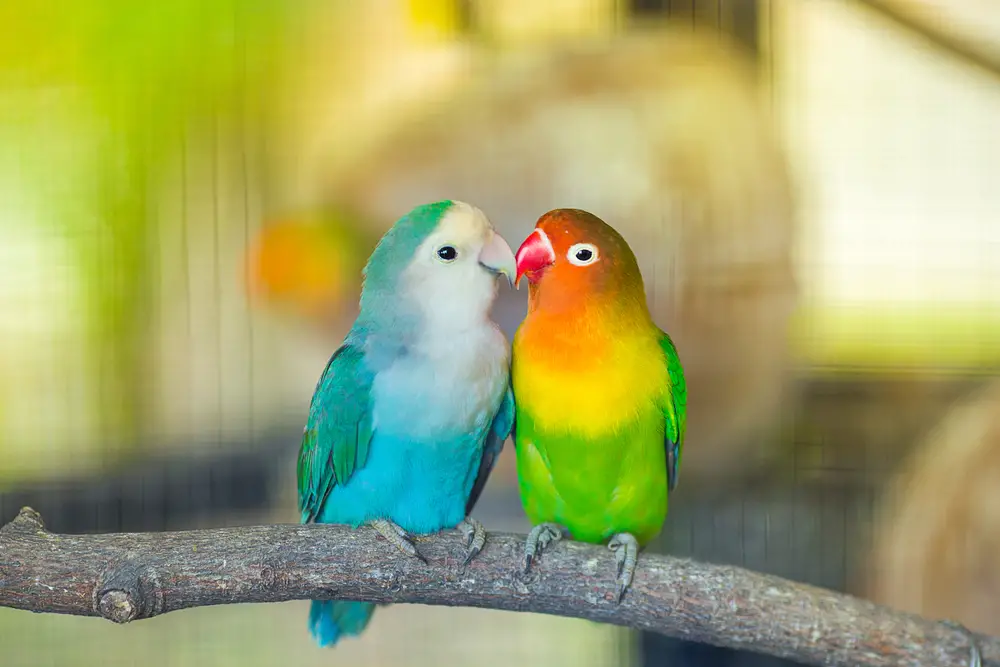
Many bird species share the responsibilities of building nests, feeding young, and protecting their territory. Their success depends on cooperation, coordination, and trust. In human relationships, teamwork functions the same way—it’s not just about shared chores but shared dreams.
When both partners contribute to the nest, so to speak, harmony thrives. Birds don’t compete; they collaborate, each playing their part with purpose. The best relationships, like the best partnerships in nature, are built on mutual effort and respect.
5. Birds Trust The Timing
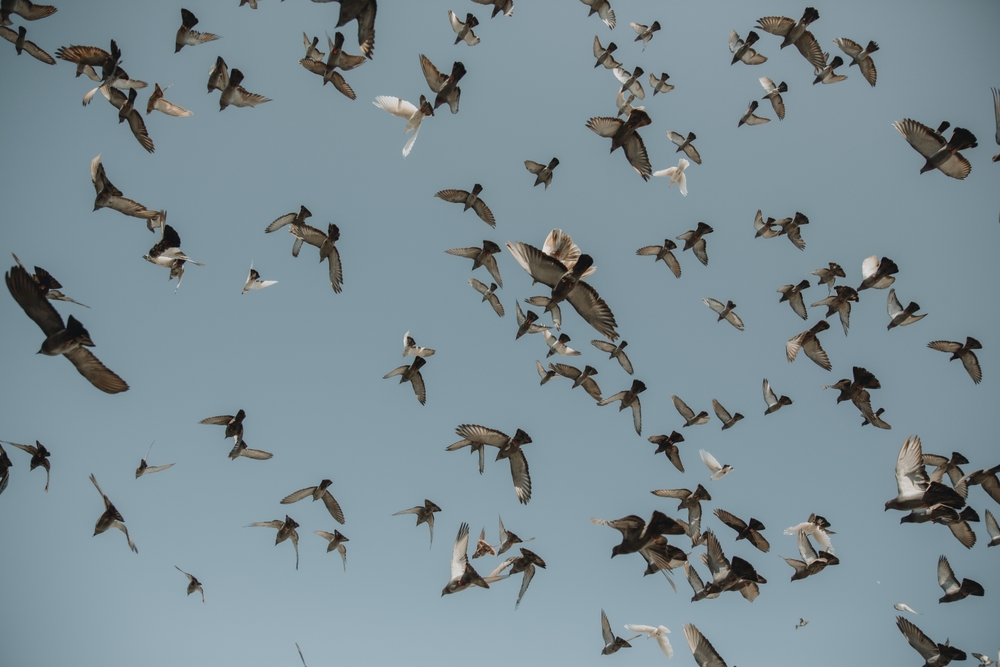
Birds migrate and mate according to seasons, guided by instinct and patience. They wait for the right winds, the right temperatures, and the right time to act. Rushing against nature’s rhythm rarely ends well—and the same holds true in love. Timing matters, whether it’s when to talk, commit, or simply be still.
Trusting the natural flow of things can bring peace to even the most impatient hearts. Not every conversation or milestone needs to be forced. Sometimes, waiting allows the relationship to take flight in its own time—just as birds wait for the wind before they soar.
6. Birds Build A Safe Nest
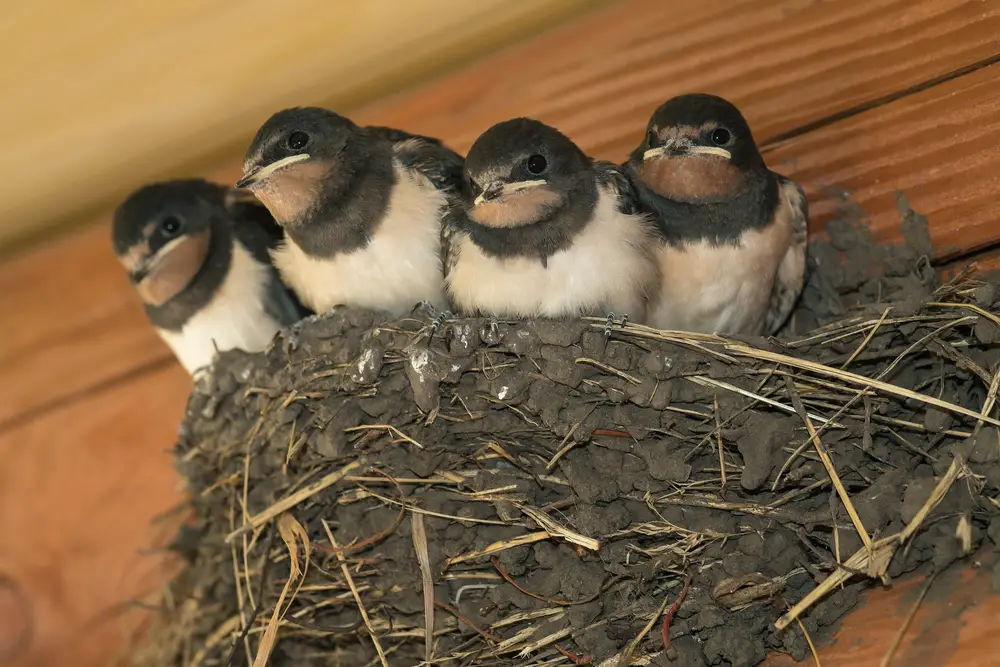
Every bird builds its nest differently, but all share one goal: safety and warmth. They weave together twigs, feathers, and leaves to create a space of comfort and protection. In relationships, that “nest” is emotionally built from honesty, care, and consistency.
When both partners contribute to creating that safe space, trust flourishes. It’s where vulnerability can exist without fear. Birds remind us that love isn’t about luxury—it’s about security, shared effort, and a place to rest when the world feels too big.
7. Birds Adapt When Things Change

Birds are masters of adaptation, shifting habitats, diets, and routes as the world changes around them. In relationships, that flexibility is just as vital. Life brings new seasons—career shifts, family challenges, personal growth—and rigidity can break what flexibility could save.
Adapting together doesn’t mean losing yourself; it means evolving as a pair. Birds thrive because they adjust instead of resist. The best relationships do, too—they grow wings instead of walls.
8. Birds Have A Sense Of Fun
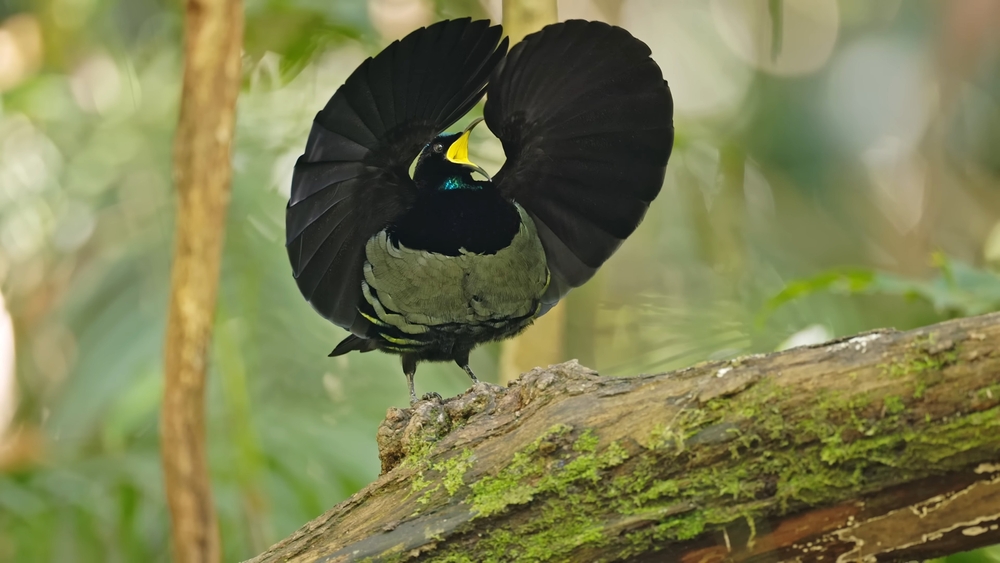
From dawn songs to evening preening, birds follow daily rituals that keep them grounded. These repetitive acts aren’t dull—they’re comforting. Similarly, relationships are built in the rhythm of everyday life, not just in grand gestures.
Appreciating the ordinary—the morning coffee, the shared walk, the quiet nights—creates stability and warmth. Birds show us that routine can be an act of love, a promise that you’ll keep showing up. Joy isn’t always about excitement; sometimes it’s about devotion.
9. Birds Are Empathetic Creatures
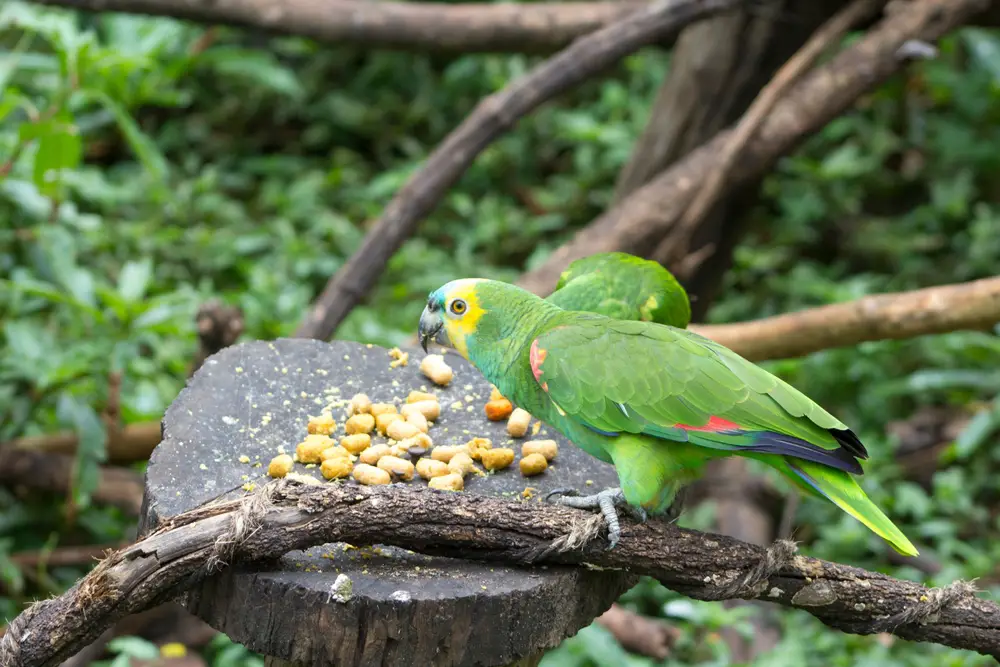
Many birds display empathy—sharing food, comforting distressed mates, and protecting their flock. These gestures aren’t survival tactics alone; they’re signs of emotional intelligence. In relationships, empathy works the same way: it bridges distance and builds emotional safety.
When you respond to your partner’s emotions with compassion instead of judgment, you strengthen your bond. Empathy isn’t about fixing—it’s about feeling alongside. Birds understand this innately, showing that care is often the truest form of connection.
10. Birds Can Resolve Conflict
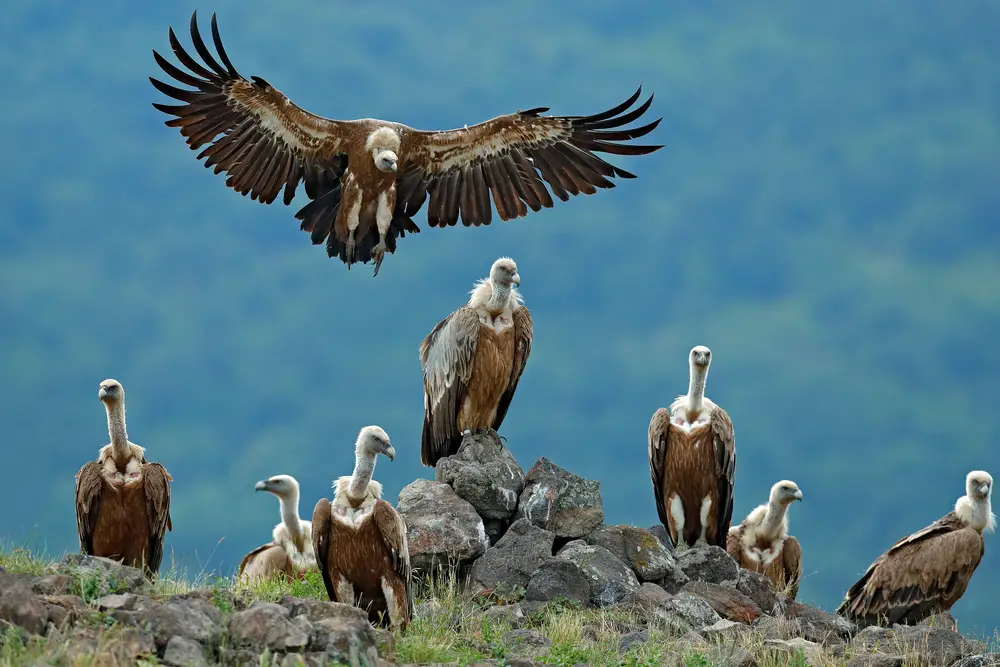
Even in harmonious flocks, birds quarrel—over nesting spots, food, or hierarchy. But they resolve it swiftly, often returning to cooperation within moments. Humans could learn from that emotional efficiency. Conflict doesn’t have to destroy connection; it can refine it.
Approaching disagreements calmly and with perspective allows healing to happen faster. Birds don’t hold grudges—they move on because survival depends on it. In relationships, forgiveness is the same kind of strength: quiet, humble, and essential.
11. Birds Value Differences
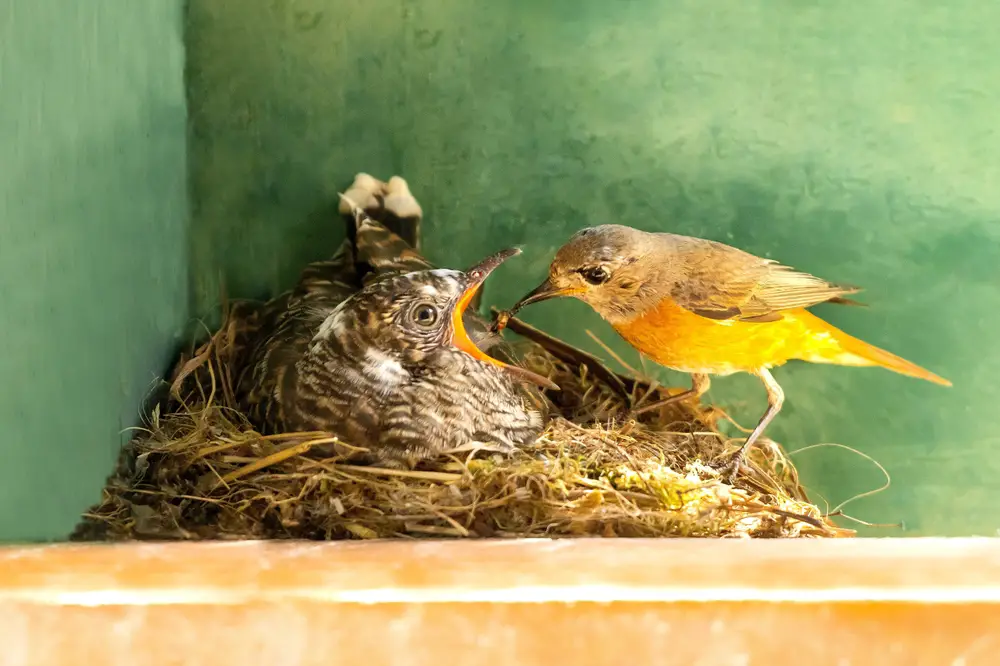
Birds come in a stunning variety of shapes, colors, and calls, yet all contribute to the beauty of the ecosystem. Relationships, too, thrive on diversity—of personality, background, and perspective. Appreciating those differences can turn friction into fascination.
When you celebrate what makes your partner—or your flock—unique, you create harmony instead of competition. Diversity isn’t a hurdle; it’s the secret to longevity and creativity. The world, and love, are both better when they’re not one-note.
12. Birds Let Each Other Grow
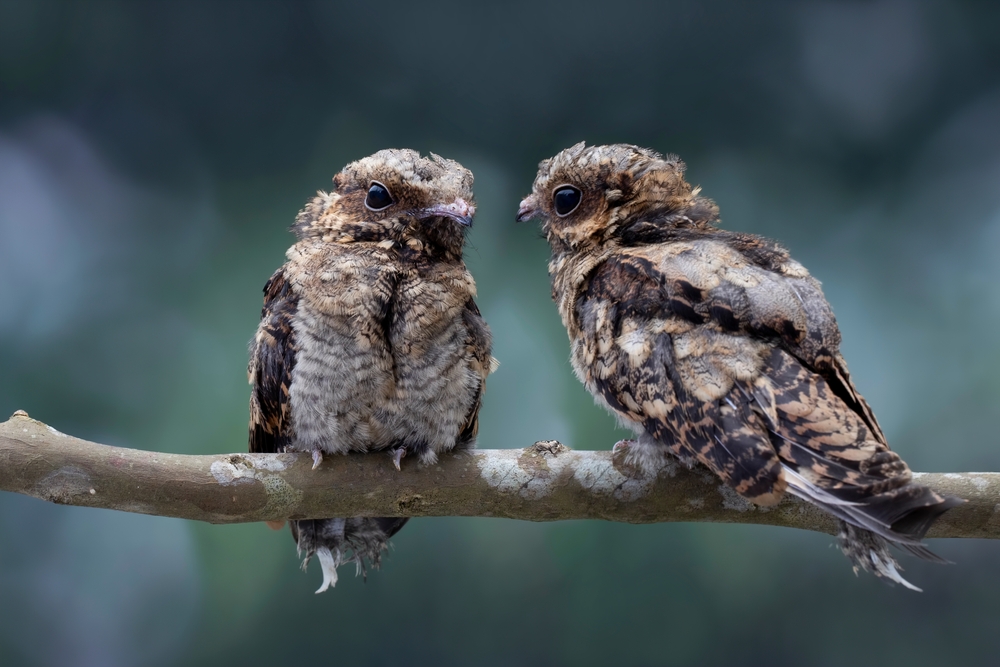
Bird parents eventually nudge their fledglings out of the nest, trusting them to fly. That same trust applies in relationships—supporting each other’s independence rather than clinging too tightly. Growth requires courage, and love thrives when it gives, not cages.
Encouraging each other to explore and evolve strengthens mutual respect. Birds remind us that letting go isn’t losing; it’s believing. The strongest partnerships are those that celebrate freedom, not fear it.
13. Birds Love To Play
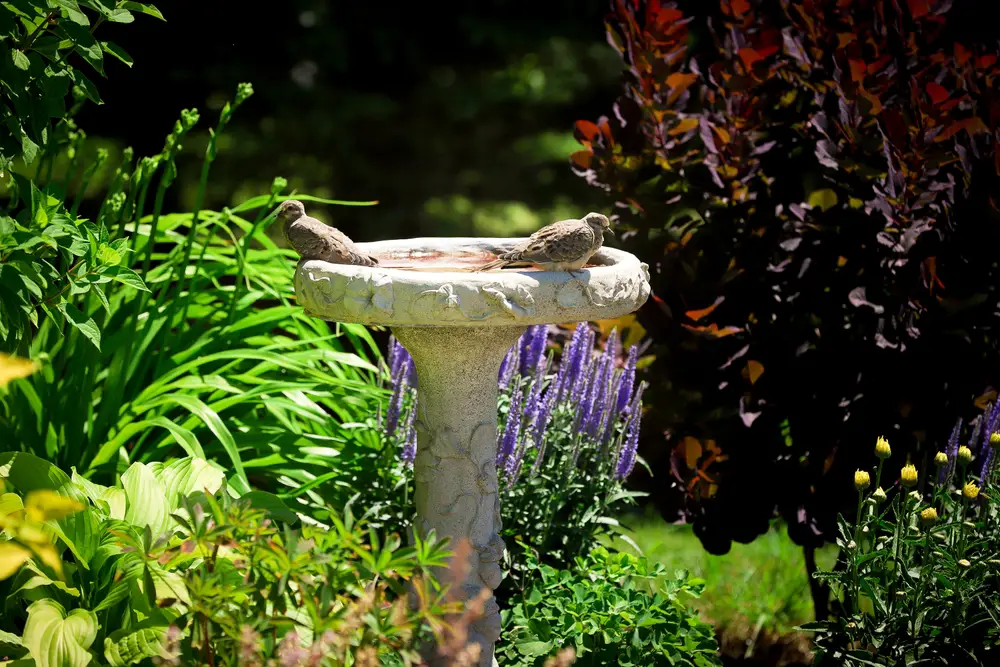
Watch a group of parrots or crows, and you’ll see that play is essential to learning and bonding. They chase, tumble, and mimic for no reason other than joy. In relationships, that same sense of play keeps the connection alive and lighthearted.
Play invites spontaneity, laughter, and ease. It breaks the tension and reminds partners why they like each other in the first place. Birds know that fun is a kind of survival—and in love, it’s a kind of renewal.
